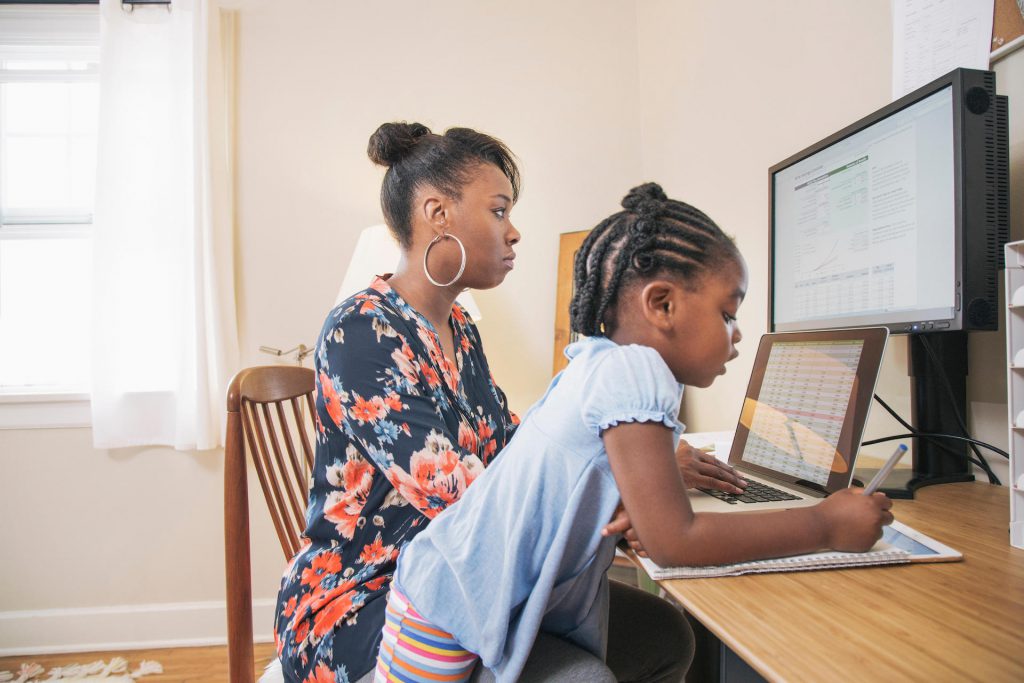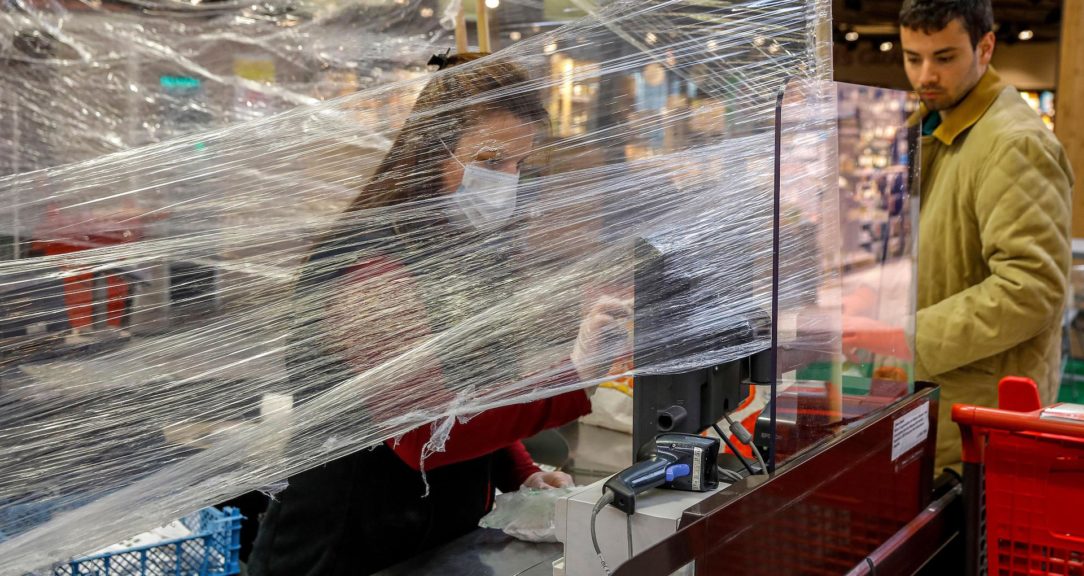Covid-19 has introduced many new terms to our vocabularies: Blursday, quaranteams, zoombombing. But one succinctly describes a particular economic crisis caused by the pandemic: “shecession.”
Women around the world were disproportionately affected by the surge in unemployment in early 2020, a crisis compounded by increased childcare and elder care responsibilities at home. According to the McKinsey Global Institute, women make up 39% of global employment, yet account for 54% of overall job losses since the pandemic began.
Crisis impact is never gender neutral, and often exacerbates pre-existing gender, racial and socio-economic inequalities. Generations of feminist economists have pointed out the extent to which the global economy relies on unpaid labor in the home — mostly performed by women — as well as underpaid jobs in female-dominated industries like tourism, domestic work, education and healthcare. Without an economic plan that targets the gender imbalance, many have argued, we risk rolling back the financial and social gains women have made around the world.
During the pandemic in the U.S., women left the workforce at four times the rate of men, which could widen the wage gap in already hard-hit sectors, says Nela Richardson, Chief Economist at the ADP Research Institute.
The pandemic essentially wiped out a generation’s worth of progress on achieving gender financial equity. “Women have not been paid their worth or their value for a very long time, and those losses accrue over time,” she said during ADP’s Women@Work Summit in May 2021. “Women can’t catch up.”
Covid-19 forced countries to define essential work. The most necessary jobs — in healthcare, education, food supply chains and delivery — are also often the lowest paid, and are more likely to be performed by women.
“Covid-19 has very much sharpened our focus on what is of value in an economy — which equates to what we can put a price on, and what we can exchange”, Mariana Mazzucato, an economics professor at the University College London and chair of a World Health Organization council on public health, recently told the New York Times. “It turns out that the areas we thought of as ‘high-value’ — finance and real estate, for example — are not the components of society we rely on as ‘foundational.’”
Low-income women were hit hardest
Change in employment from January 2020 to January 2021 by salary range and gender:
Source: ADP DataCloud, based on 30 million workers at 90,000 organizations
Feminized sectors suffer
In sharp contrast to the financial crisis in 2008 — an event with a distinctly male face, and often associated with widespread unemployment in manufacturing and construction — the pandemic recession has devastated sectors that rely predominantly on female labor. Customer-facing service jobs in retail, hospitality and tourism have disappeared due to closures, often with little protection for former employees. Administrative jobs have been cut, schools and childcare centers intermittently closed, and healthcare systems overburdened.
Women are also over-represented in the informal economy. In fact, most employed women work without a formal contract (58% globally, according to the International Labor Organization), rendering them particularly vulnerable to layoffs. In the past year, informal incomes have dropped dramatically.
Among women employed in informal sectors, domestic workers have been hit particularly hard. Even though the need for caregiving and cleaning help has only increased, lockdowns and quarantine rules have often made it impossible to maintain work, resulting in a painful loss of income among this predominantly female workforce.
At the same time, women make up 70% of the healthcare workforce worldwide, working at the frontlines of the Covid-19 response, navigating stretched care systems and isolating themselves from their own families. In some countries, Covid-19 infections among female health workers are more than double that of male health workers, an alarming statistic.
Women in healthcare contracted Covid-19 more
Source: U.N. Women calculations based on data from Spain’s Ministry of Health, Italy’s Istituto Superiore di Sanita and the U.S. Centers for Disease Control

Time poverty and the second shift
Time poverty, the concept that individuals do not have enough discretionary time available outside of their paid and unpaid work, has been exacerbated for women too. Before the pandemic, women globally did three times as much unpaid care and domestic work as men did. But when schools and daycare centers closed, parents began making major changes in how they allocated their time, and mothers in particular. While some data reflects that men have been helping more at home, the burden continues to fall mostly on women.
Hours of work, by gender and country income
Source: U.N. Women
Even when women lose their full-time paid jobs — or are forced to leave due to childcare and homeschooling needs — they don’t work fewer hours. The term “job loss” is largely misleading: women are losing paid work and finding themselves working full time in the home. If anything, the workload has only grown, with more obligations to juggle and fewer opportunities to seek help from others.
Without the help of friends or relatives — and often a decline in household income — mothers and daughters have taken on increased care work with little opportunity for a mental break. For women able to work remotely at home, the pressures of a full-time job combined with a lack of childcare has wrought intense stress, especially for single mothers.
Women’s unpaid contributions to health-related caretaking equate to 2.6% of the global GDP, the equivalent of $1.5 trillion. And when women’s contributions are expanded to all types of care, it rises to $11 trillion, according to the ILO.
Despite the immense challenges it has wrought, Covid-19 has given the world an opportunity to rethink how we value women’s work — paid or unpaid, formal or informal — and how it contributes to the health of the global economy.
And Richardson is optimistic about the future of work, “because I believe in the resilience of women,” she said. “In the short term, it’s going to be bumpy, but long term, I believe everyone understands that to have a high-performing workforce, you need women’s full participation.”
Though there has been some breathing room for people working in hard-hit industries to retrain during this pandemic, Richardson points out: “The best technology for a working mother is a reliable babysitter.”
Read more
Sign up to keep up to date with ReThink Q.







